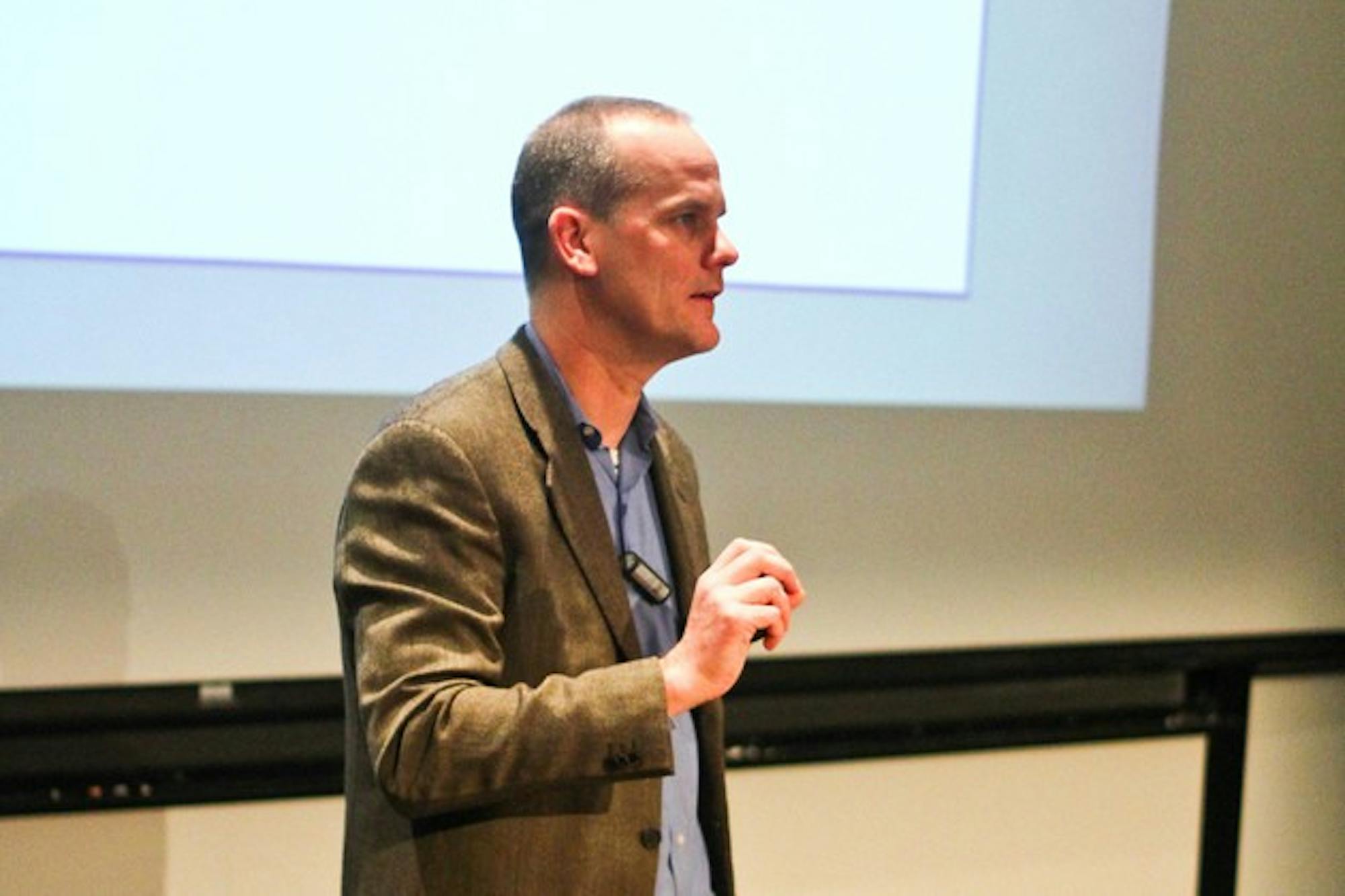Firms often celebrate their accomplishments when they come up with a groundbreaking idea, Trimble said. Developing an idea, however even if doing so requires years of scientific research is only a small part of the innovation equation, he said.
"When you finally get to that big idea, that breakthrough moment, it can feel like a huge victory," he said. "But an idea is just an idea."
Under Trimble's plan, companies would create new management structures to encourage innovation, he said. His model allows a group working on a new project to organize itself as a start-up company within the larger firm while still maintaining close contact with employees in the "performance engine" aspect of the business the part that deals with current customers and is profitable in the short term. A dedicated team works on developing the product, while a group of shared staff from the firm ensures that the smaller group can reap the benefits of being part of an established company, he said.
Companies should treat innovation as a "disciplined experiment," Trimble said. At the end of the process, companies must conduct serious performance reviews to maintain accountability by determining whether each group was operating under a clear plan and whether this plan was achieved, he said.
Trimble said he hoped his plan would solve some of the problems associated with other business models. Many companies, he said, do not reserve enough resources for developing a marketable product after coming up with an idea. He compared the problem to reaching the summit of Mount Rainier without having budgeted enough energy for the descent.
Large firms should realize that the hard work is just the beginning once they have a prototype, he said.
"After the big idea comes the other side of innovation," Trimble said. "That's the challenge of getting from big idea to big real-world impact."
Trimble said that his analysis of numerous case studies has revealed that currently, large companies rely on one of two models of innovation. The first model implemented by Google, for example allows employees to use a certain percentage of their time to work on developing their own ideas. This model can allow companies to complete small projects, but cannot lead to large-scale innovation, according to Trimble.
The second model, used by many automakers, assumes that innovation can be broken down and streamlined like any other business process, he said. Yet companies that choose to "script" the process of developing new ideas only have the opportunity to modify slightly what they have done previously, stifling real breakthroughs, he said.
"Corporations are very good and have very good systems for routine, year-to-year planning, wherein last year serves as a precedent for this year," he said. "That doesn't work at all for innovation, where you should be writing your plans from scratch."
In contrast to these widely used models, Trimble said his model would reconcile the inherent conflict between the "performance engines" of large firms and the innovative parts of businesses, which by nature are much less predictable.
"Conflict with the performance engine is normal," he said. "If we're going to have a chance with innovation in large corporations, we need to start with mutual respect."
Trimble is the co-author of "10 Rules for Strategic Innovators" (2005) as well as "The Other Side of Innovation: Solving the Execution Challenge," (2010) both books on the subject of how companies can properly manage innovation.
The lecture was the last of nine Jones Seminars on Science, Technology and Society offered by the Thayer School of Engineering for the Fall term.




